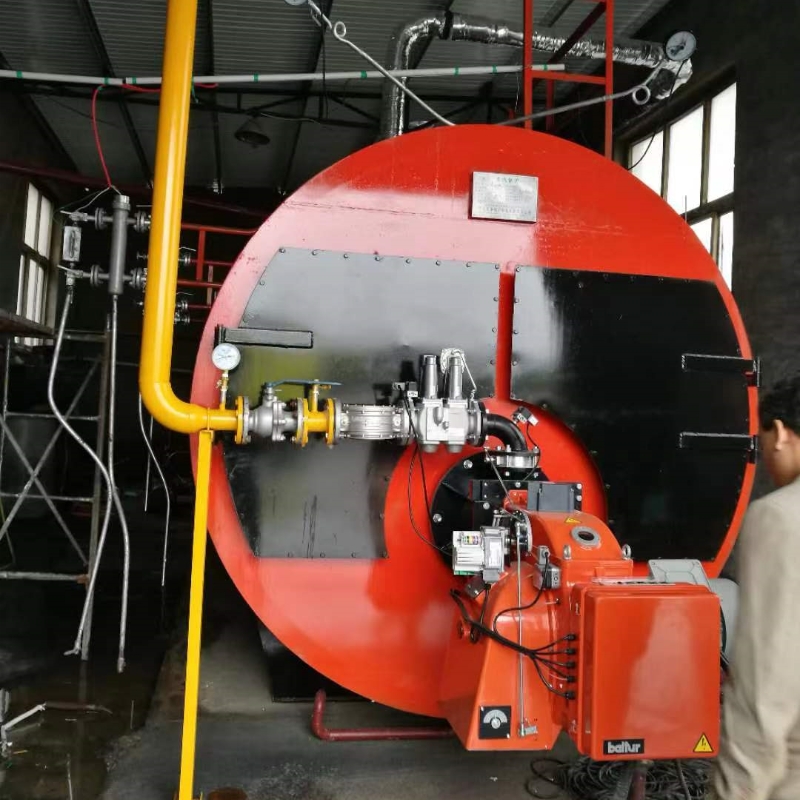
11-р сар . 17, 2024 01:50 Back to list
how to fix boiler no hot water
How to Fix a Boiler with No Hot Water
Experiencing a lack of hot water from your boiler can be frustrating, especially during the colder months. Before calling a professional, there are several troubleshooting steps you can take to identify and potentially fix the issue on your own. This guide will walk you through the common causes of a boiler not producing hot water and how to address them.
1. Check the Thermostat
The first step in diagnosing a boiler with no hot water is to check the thermostat settings. Ensure that the thermostat is set to a temperature higher than the current water temperature. If the thermostat is malfunctioning or set incorrectly, it could prevent the boiler from heating the water.
2. Inspect the Boiler Pressure
Low boiler pressure can also cause a lack of hot water. Most boilers operate effectively at a pressure range of 1 to 1.5 bar. Check the pressure gauge on your boiler; if it’s below 1 bar, this could be the reason for your hot water woes. You can increase the pressure by following the manufacturer's instructions to add water to the system. However, be cautious not to exceed the recommended pressure.
3. Look for Error Codes
Modern boilers are equipped with digital displays that show error codes when something is wrong. Refer to your boiler’s manual to interpret these codes. Common issues may be related to low water pressure, a faulty pump, or an ignition failure. Identifying the error code can guide your troubleshooting steps effectively.
4. Examine the Pilot Light
If you have a gas boiler, check to see if the pilot light is lit. If it's gone out, relighting it could resolve the issue. Follow the manufacturer's instructions carefully to relight the pilot, typically involving turning a valve and using a long lighter. If the pilot light repeatedly goes out, this may indicate a more serious problem with the boiler that needs professional attention.
how to fix boiler no hot water

Make sure that all valves leading to and from the boiler are in the correct position. Sometimes, valves can get accidentally closed, cutting off the water supply. Look for the inlet and outlet valves and ensure they are fully open.
6. Inspect for Leaks
Water leaks from the boiler or its pipes can lead to reduced efficiency and a lack of hot water. Inspect your boiler for any signs of leakage. If you notice water pooling around the unit or dripping, identify the source of the leak. Addressing leaks may be simple, like tightening a fitting, or may require professional repairs.
7. Assess the Diverter Valve
If your boiler is a combi boiler, the diverter valve could be stuck in the wrong position, particularly if there is no hot water when the heating is on. This valve directs hot water to either the hot water system or the heating system. If it is faulty or jammed, it will need repair or replacement.
8. Schedule Regular Maintenance
Prevention is always better than cure. Regular maintenance of your boiler can help minimize the risk of unexpected breakdowns. It's advisable to have a qualified technician service your boiler annually to ensure it operates efficiently and safely.
Conclusion
While experiencing a lack of hot water can be inconvenient, many common issues can be resolved with careful checking and basic maintenance. Always prioritize safety when working with your boiler, and if you’re uncertain or the issue persists, don’t hesitate to reach out to a professional plumber or heating engineer. Proper care and timely intervention can keep your boiler functioning smoothly for years to come.
-
Best Steam Boiler Design PDF Free Design Calculation & Diagram Downloads
NewsJun.10,2025
-
Hot Boiler Water Heater Efficient Heating Solutions for Home & Commercial Use
NewsJun.10,2025
-
Steam Boiler Safety Devices High-Quality Protection Valves
NewsJun.10,2025
-
Ultimate Steam Boiler Checklist for Safety & Efficiency
NewsJun.10,2025
-
Optimal Hot Water Boiler Temperature Setting Guide
NewsJun.10,2025
-
Effective Hot Water Boiler Chemical Treatment Protect & Maintain
NewsJun.09,2025
Related PRODUCTS






















